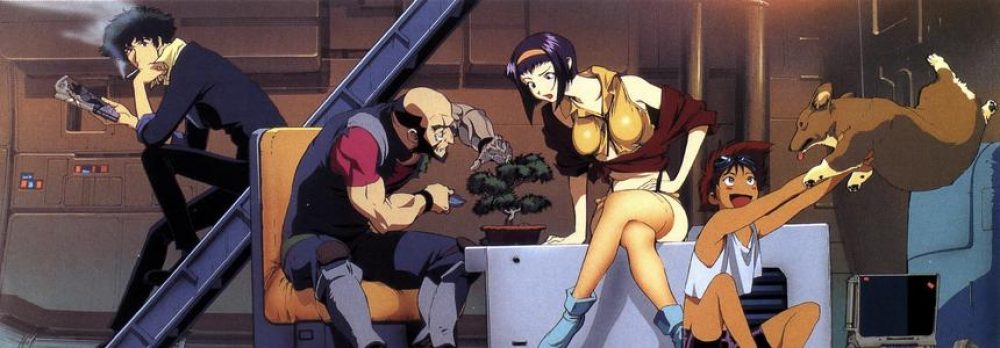This week I have been unfolding UVs on the model and importing them into Substance Painter for mapping.
The UV unfolding was done in Maya, which is relatively simple and does not require a strict UV orientation. Because the model is mainly a solid colour, the UVs were simply split.
But here I used a trick, I unfolded some small parts of the UVs on the same sheet, so that I could make fewer materials, such as buttons and trousers, crowns and tops.


I need to give the materials a name in Maya before importing them into SP so that each UV is displayed correctly in SP and to avoid overlap problems.
In SP, I first baked the model’s texture to obtain information such as normal, ambient Occlusion, thickness, etc. This will be useful when creating textures.
The UV unfolding was done in Maya, which is relatively simple and does not require a strict UV orientation. Because the model is mainly a solid colour, the UVs were simply split.
But here I used a little trick, I unfolded some small parts of the UVs on the same sheet, so that I could make fewer materials, such as buttons and trousers, crowns and tops.
I need to give the materials a name in Maya before importing them into SP so that each UV is displayed correctly in SP and to avoid overlap problems.
In SP, I first baked the model’s texture to obtain information such as normal, ambient Occlusion, thickness, etc. This will be useful when creating textures.

This is the result of a colour scheme recreated from the character designs:

Generally, the next process is to bind the character. However, considering that the character will then be rendered in a real-time engine like UE4, I should first go to UE4 and set up the materials so that I don’t need to change the model. I should also make sure that the model will not be modified before I rig it.
